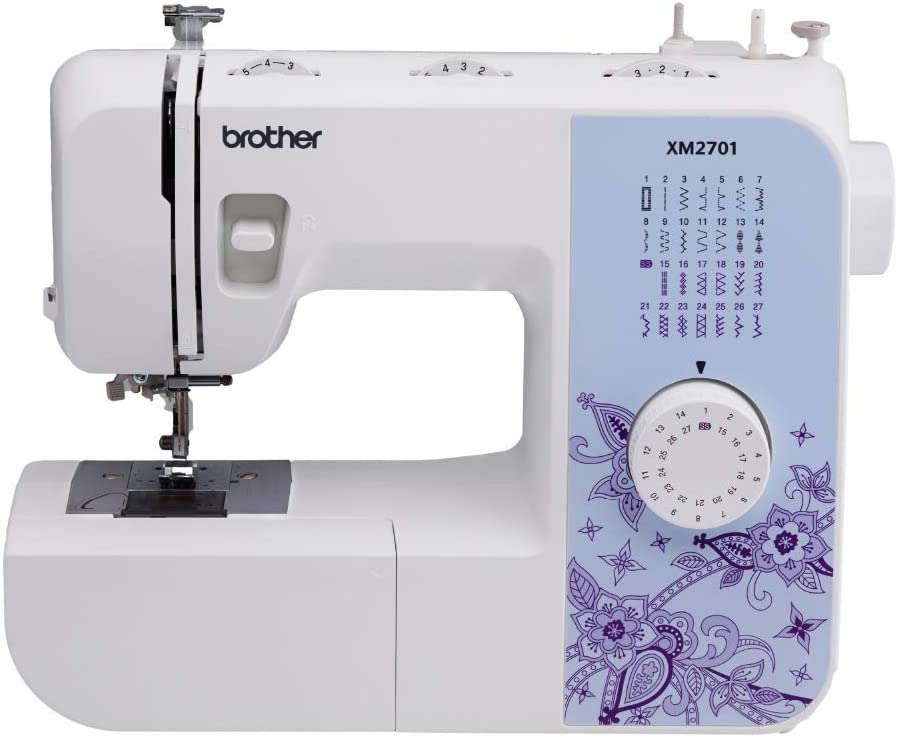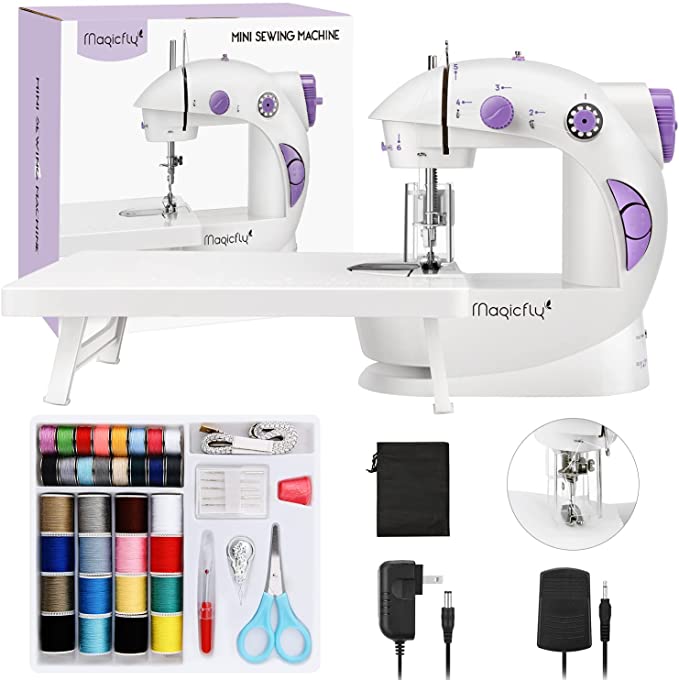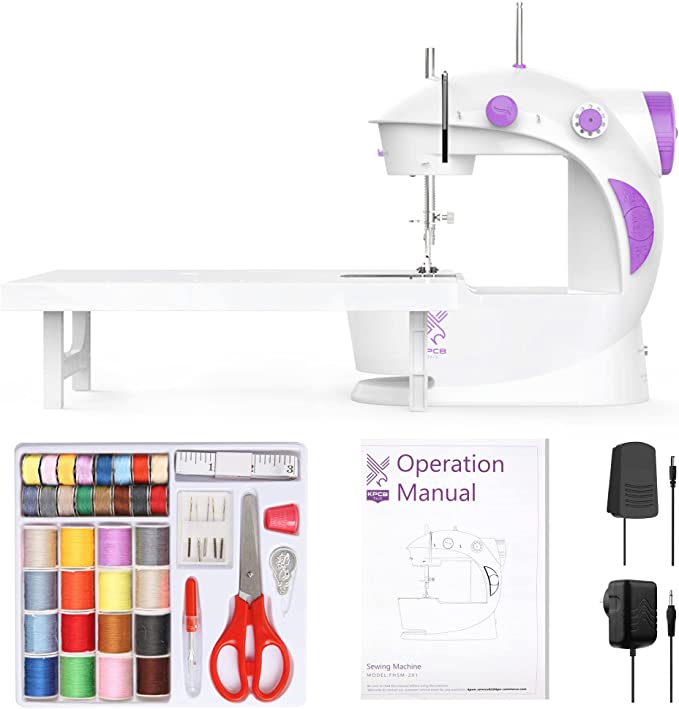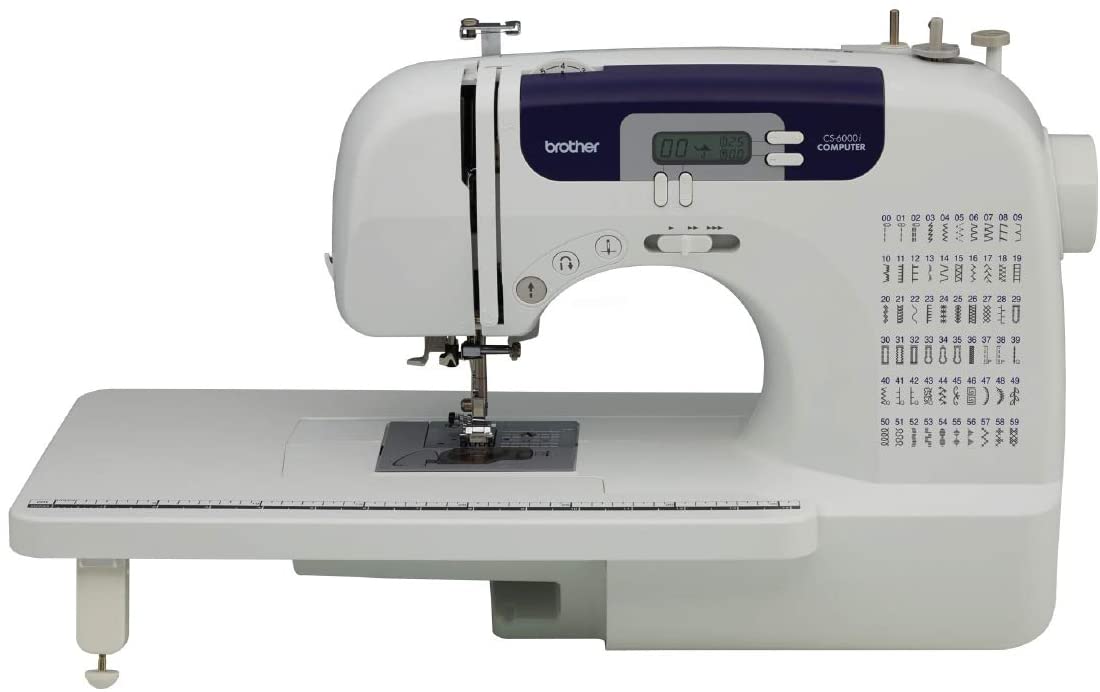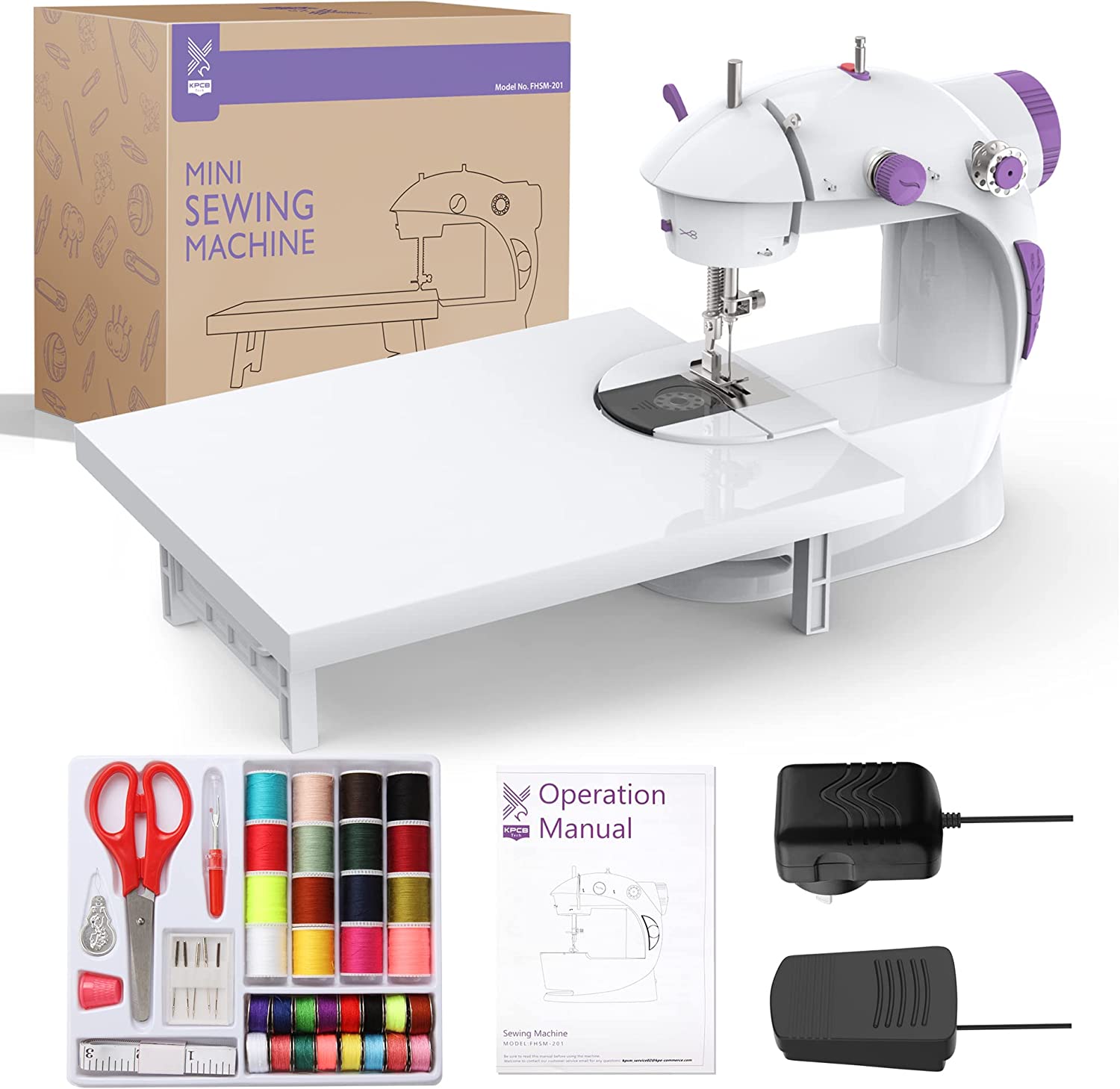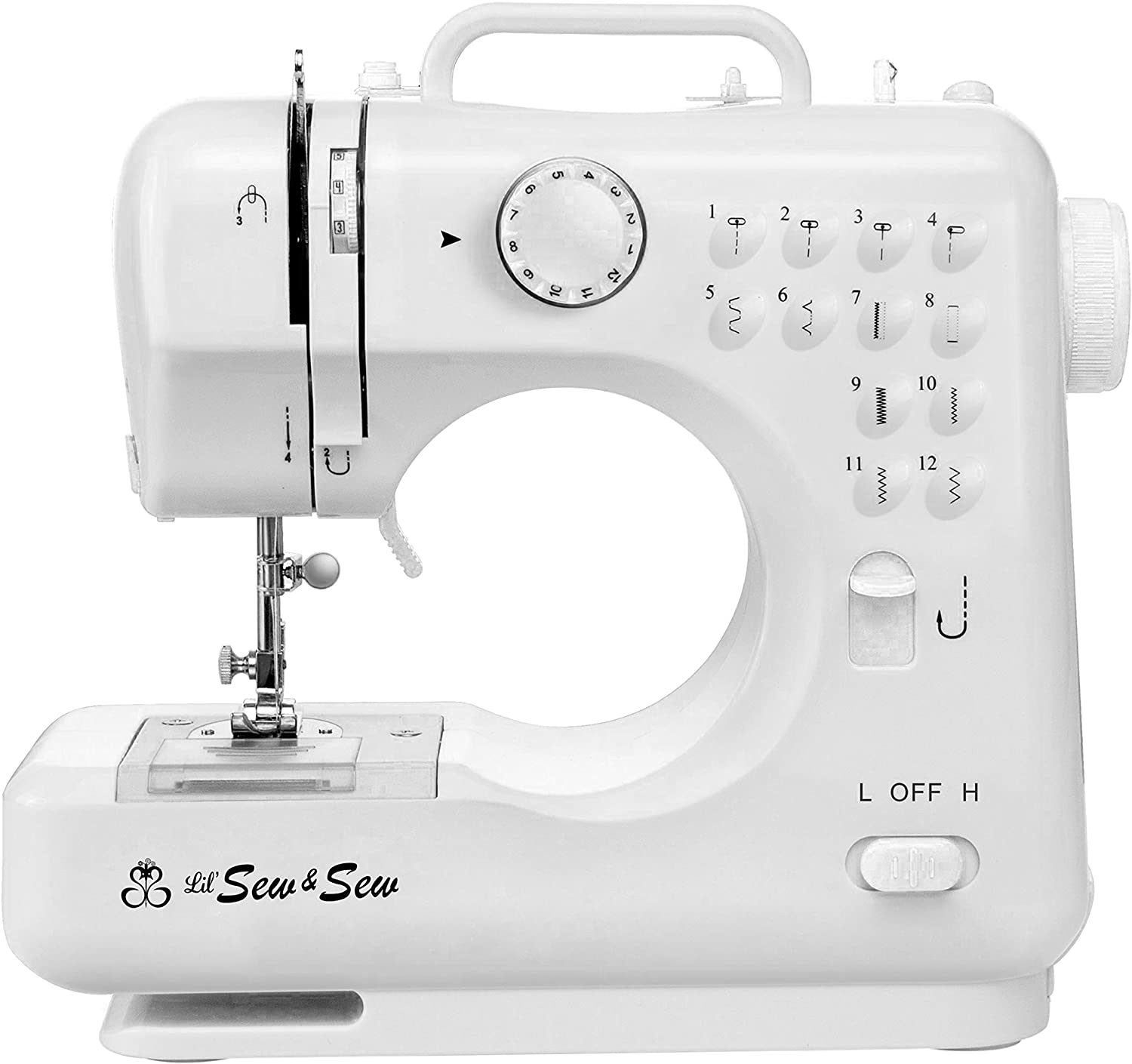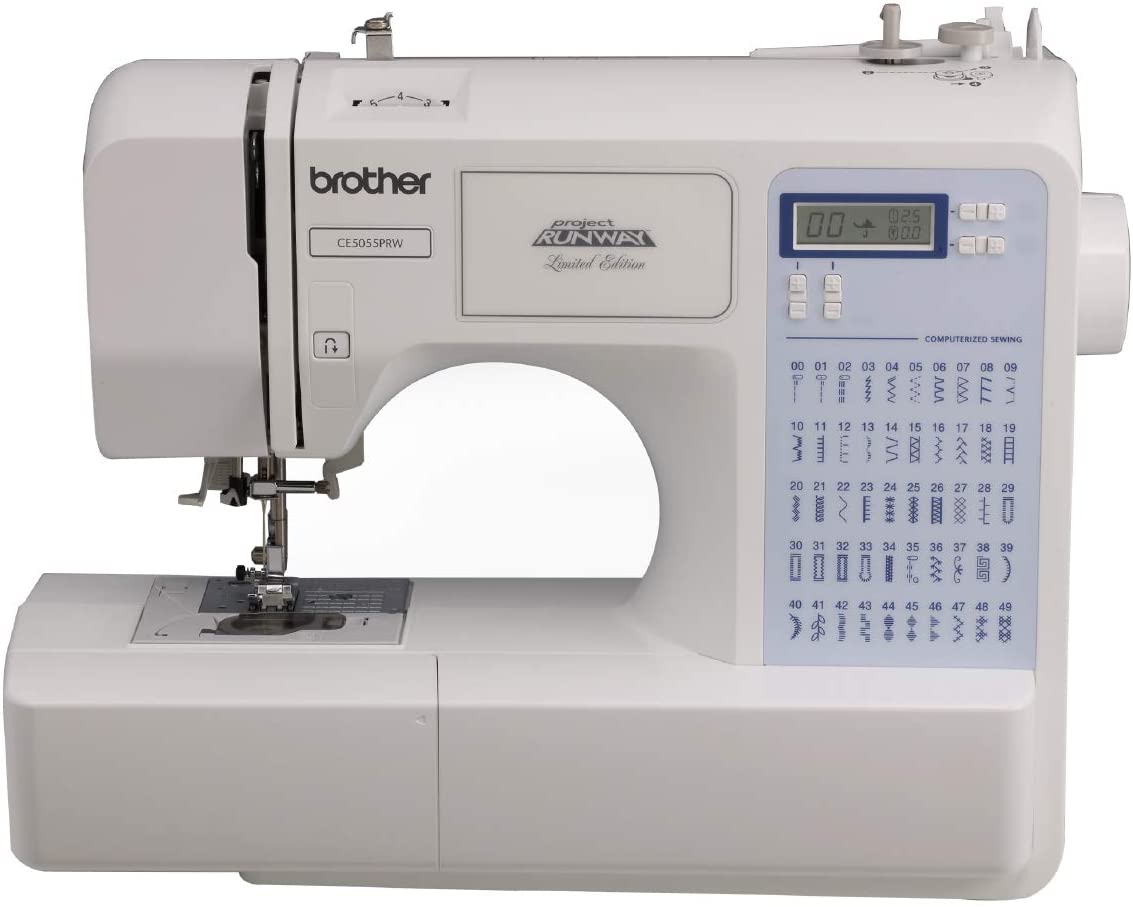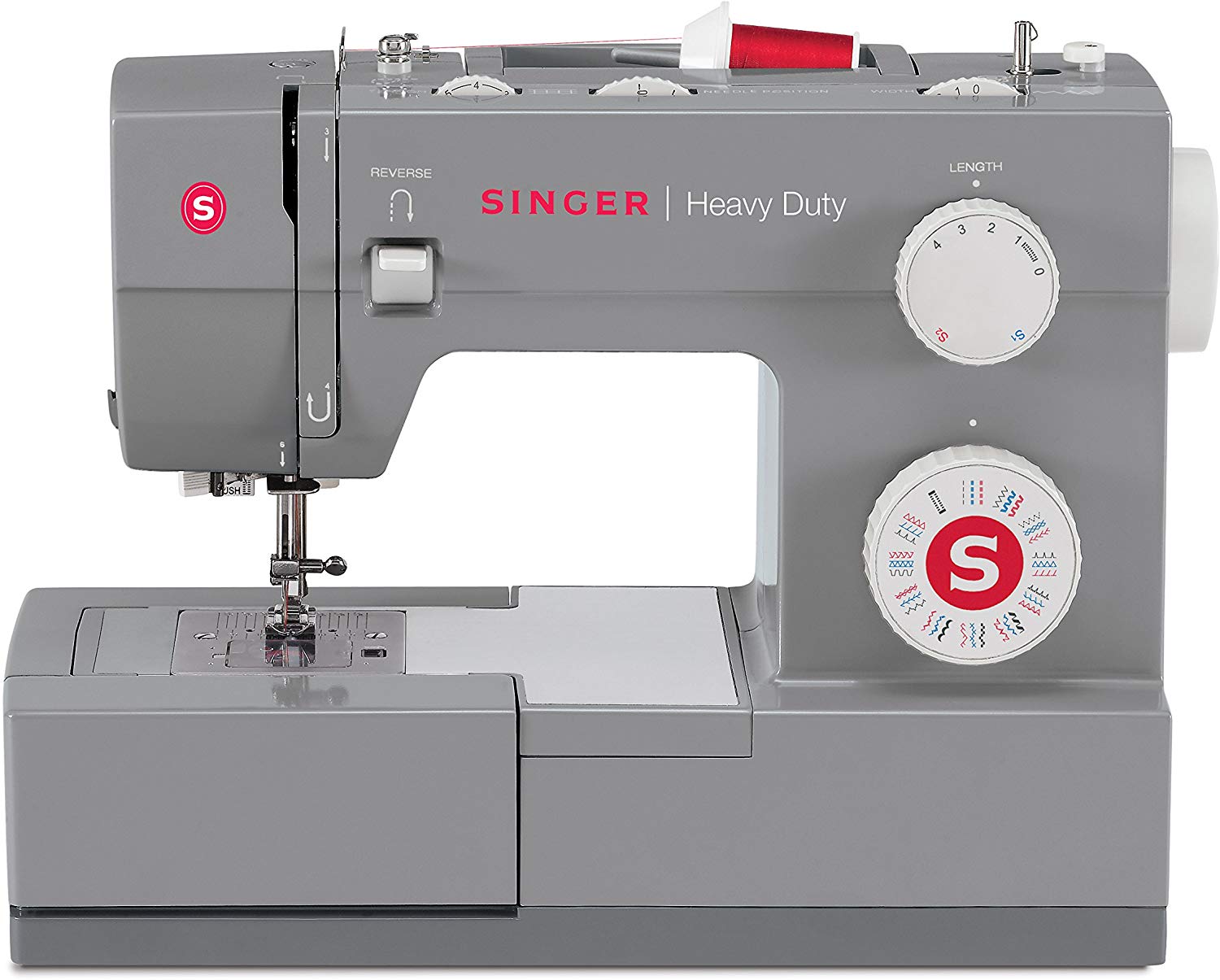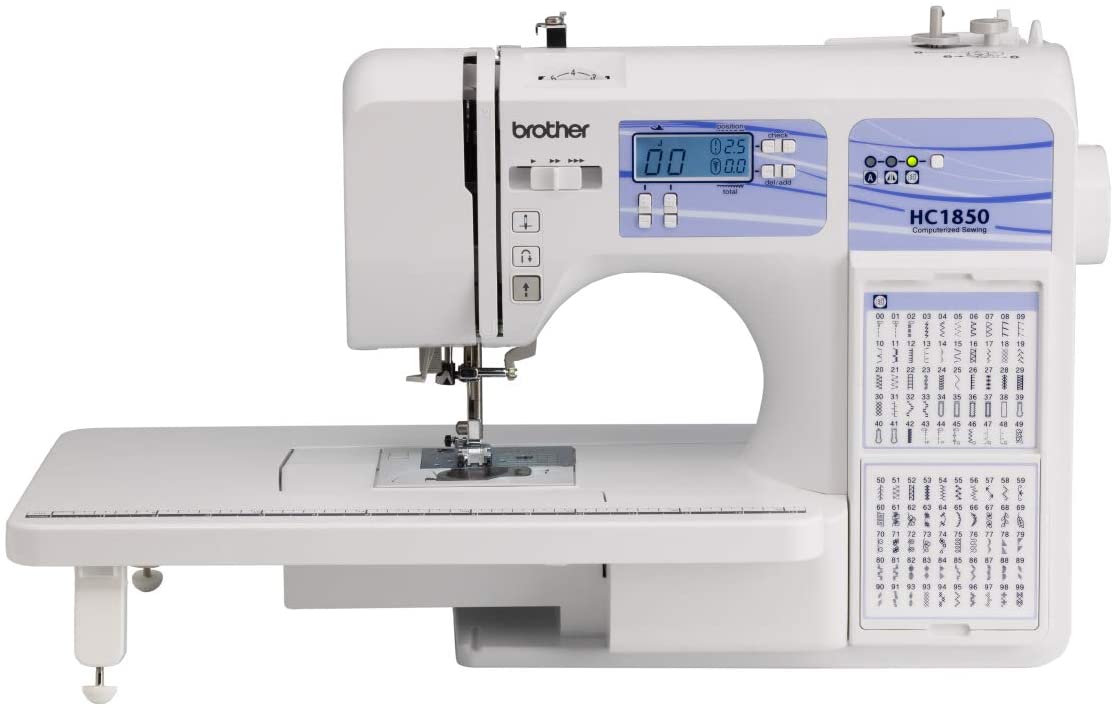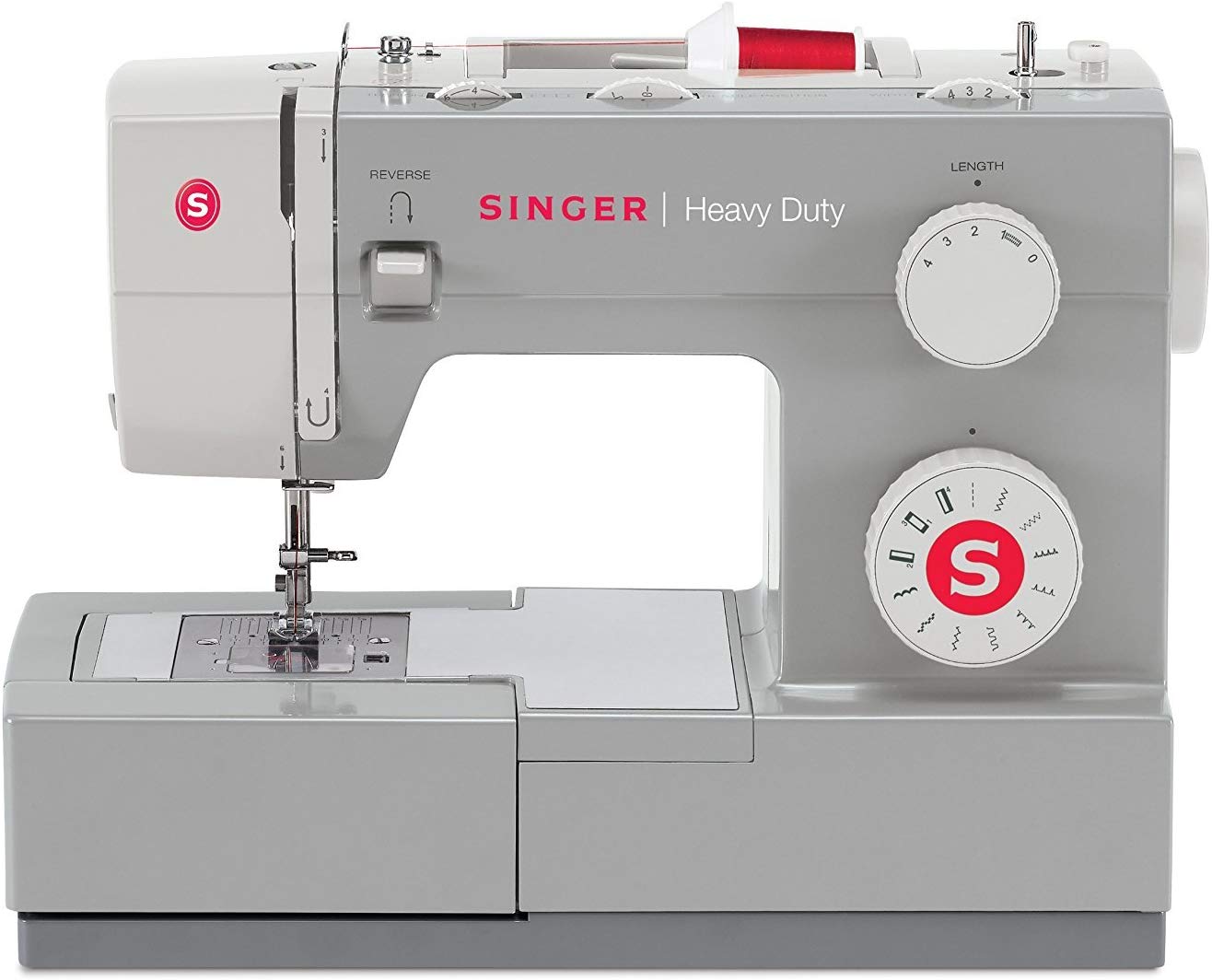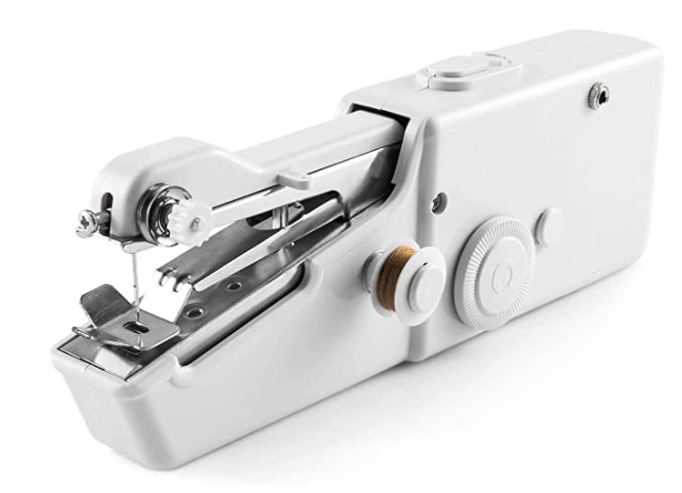Brother Treadle Powered Sewing Machine, 27-Stitch
Last updated: December 30, 2021
We looked at the top Sewing Machines and dug through the reviews from some of the most popular review sites. Through this analysis, we've determined the best Sewing Machine you should buy.
Product Details
In our analysis of 71 expert reviews, the Brother Treadle Powered Sewing Machine, 27-Stitch placed 8th when we looked at the top 11 products in the category. For the full ranking, see below.From The Manufacturer
This Brother machine is perfect for multiple everyday sewing projects. Featuring a full range of user-friendly features and a lightweight design, the Brother XM2701 is perfect for beginners who are learning to sew and more advanced sewers who are looking for versatility. The Brother XM2701 sewing machine offers 27 built-in stitches including blind hem, decorative, and quilting stitches with an automatic one-step buttonholer for virtually perfect buttonholes. The XM2701 has been engineered for easy use, featuring 6 quick-change sewing feet, including buttonhole, zipper, zigzag, narrow hemmer, blind stitch, and button sewing feet. Users will enjoy the ease of sewing cuffs, sleeves, and pant legs with the built-in free arm. Designed for a broad range of users, the XM2701 also comes with a built-in easy needle threader, a jam-resistant Quick-Set top drop-in bobbin, and an automatic bobbin winding system. This affordable Brother machine is backed by a 25-year limited warranty along with free customer phone and online technical support for the life of the product.
Our Expert Consultant
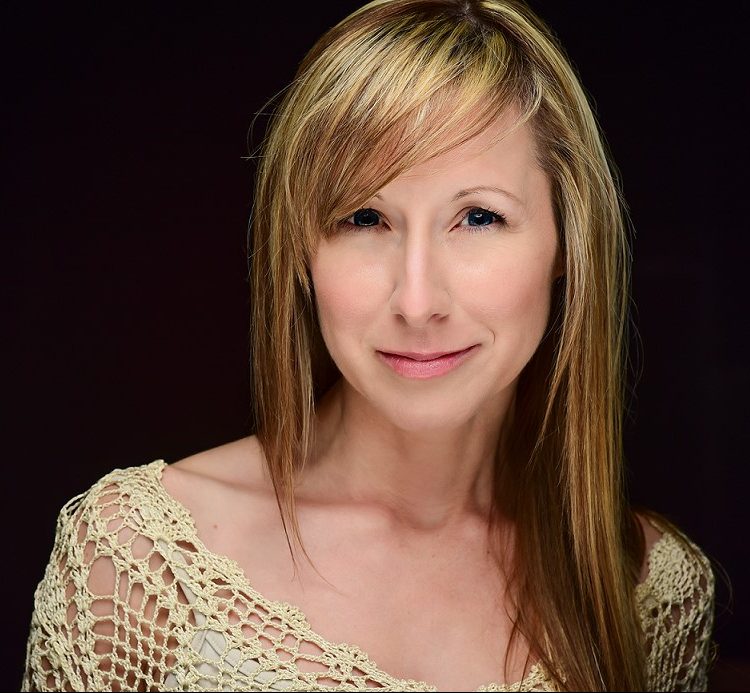
Home Improvement Expert
Vicki Liston writes, produces, and narrates “On The Fly…DIY,” an award-winning home improvement and DIY show of unique project tutorials for the casual DIY’er.
Home improvement and all things DIY have been Liston’s passion since she bought her first house in 2007 and she started making video blogs in 2014. She’s performed hundreds of DIY projects, from small ones to major, wall-smashing renovations and can teach you how to make a trendy DIY barn door for cheap. The proceeds earned from “On The Fly…DIY” are donated to no-kill animal shelters and rescue organizations.
